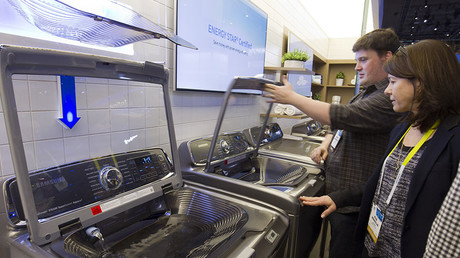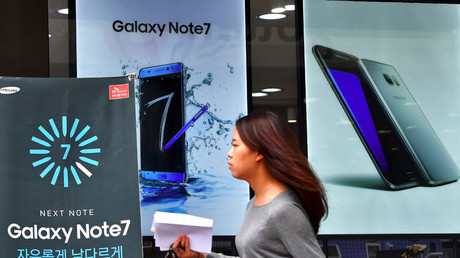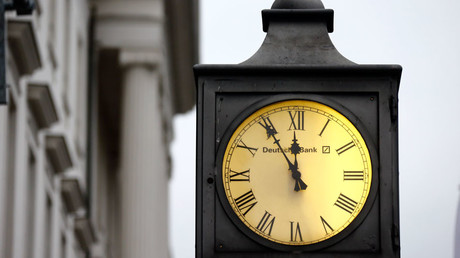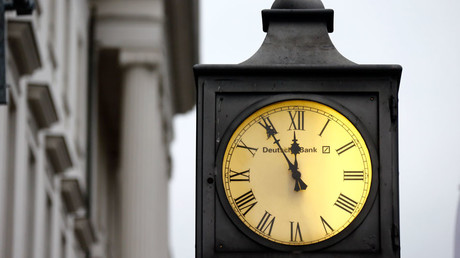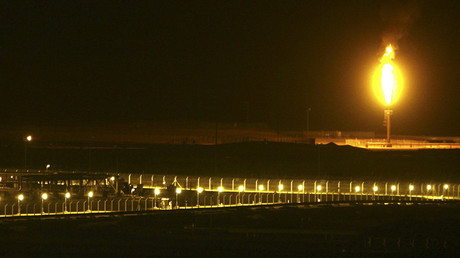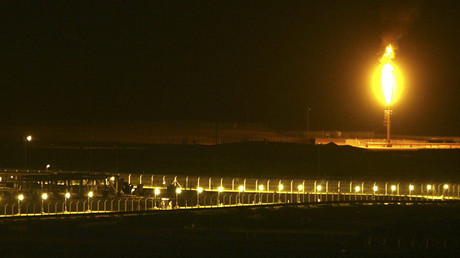
Send your workplace conundrums to workologist@nytimes.com, including your name and contact information (even if you want it withheld for publication). The Workologist is a guy with well-intentioned opinions, not a professional career adviser. Letters may be edited.
I will be leaving my place of employment in a few months. The reason is that I am increasingly growing angry with the owner of the company.
Over the last two years, he has become very unreliable. He routinely says we are a team (the business has fewer than 12 employees), but 95 percent of the time he comes up with an excuse to be somewhere else when we need him, and he has a tendency to work on his hobbies and volunteer during work hours.
In addition, his bad decisions have negatively affected the company, its finances and its employee morale. He has lost two excellent staff members over the last year. I am tired of diplomatically trying to persuade him that he’s making poor decisions, or watching other managers try to do the same. The company is not doing well.
Out of a sense of responsibility to my staff and fellow managers, I feel compelled to express my frustration to the owner — to call him out on his behavior. But I believe this could have an adverse impact on me and my future goals. Is it wrong to just leave without saying anything else to the owner? I don’t see how I can help anymore. ANONYMOUS
Advertisement
Continue reading the main story
A few weeks ago, I advised a reader against sending a spirited kiss-off letter to a bullying ex-boss. Go ahead and write it as a cathartic act, I said, but keep the results to yourself. Some readers complained that this advice overlooked a departing worker’s duty to offer some critique that could ultimately correct a problem for the company and its workers. So here is a good opportunity to address that reaction while answering the larger question: What are your obligations — to your former boss, colleagues or organization — when you quit a terrible job?
I believe “none whatsoever” is a perfectly acceptable answer. More often than not, it’s smarter to think about your future, and helping your new organization, than to dwell on past disputes and worry about a company that you’re no longer part of. (Notably, I also heard from readers who have sent cathartic but critical exit notes and regretted doing so when they didn’t remain confidential, or when their target found creative ways to retaliate.)
That said, I sympathize with the desire to do right by your former colleagues if you can. So if you think that saying nothing is a decision that might leave you feeling guilty, then the trick becomes figuring out what you can say that might be genuinely productive.
In this instance, it’s not clear to me that “calling out” the owner will achieve much. It might feel satisfying, but is it the best way to encourage different behavior in the future, or will he just write it off as bitter venting?
Think about how to frame your critique in a dispassionate, constructive way. This can be difficult to do when underlying frustrations have become personal and corrosive, so try to enlist a neutral friend to help. In this case, for example, you might emphasize that the company would benefit from the kind of engagement this owner used to display. Point to a specific example or two when he was missing in action (although you are sure he had no bad intentions) and how such incidents have contributed to departures or morale. Underscore that you have no personal ill will toward him and that you offer these thoughts in the spirit of respectful candor.
Maybe this will have some effect. Or maybe he’ll ignore you. Either way, make this your final word and move on. There is nothing wrong with taking a stand and fighting for a particular vision of an organization’s future — but it’s better to do that when you still have a direct stake in it.
An Office Peace Garden
I have some plants in my office. When I travel, a colleague takes them out and places them in a communal area where she says they get more light than they would in my dark office. When I return, I move the plants back — but she takes them out again. She even took two home.
Her position is that I’m a plant killer, and the plants deserve life, not the deadly darkness of my office. She has asked me to bring in plastic plants for my office, or weekly flowers, so she doesn’t have to watch plants die. I’m at a loss. ANONYMOUS
The Workologist lacks a green thumb, so there are certain factual matters here regarding optimal plant-longevity conditions that are above my pay grade. But let’s just assume that your colleague isn’t completely wrong, and the plants really do get more necessary light in this “communal area” than they do when your office is dark and empty. Let’s also assume that you are not, in fact, a willful killer of plants.
Advertisement
Continue reading the main story
Obviously, she is overstepping her bounds — particularly in taking your plants home. But unless you are covertly doing research for a screenplay about a dysfunctional office, I’m guessing you don’t want this to escalate.
Instead, be respectful but firm in seeking a practical compromise. Compliment her on her knowledge of living greenery, and explain that you, too, value it as part of your daily life. Maybe she can suggest plants that require less light. Maybe you could work together to shuttle some plants back and forth if that’s necessary. Communicate that a love of plants is something you have in common, and that you are happy to absorb her wisdom on the subject. Then emphasize that this is especially true when it comes to the plants that belong, exclusively, to you.
The message should be that you welcome input — but not flat-out interference.
Continue reading the main story
Article source: http://www.nytimes.com/2016/10/02/business/how-to-help-a-failing-boss-see-the-light-if-you-must.html?partner=rss&emc=rss
